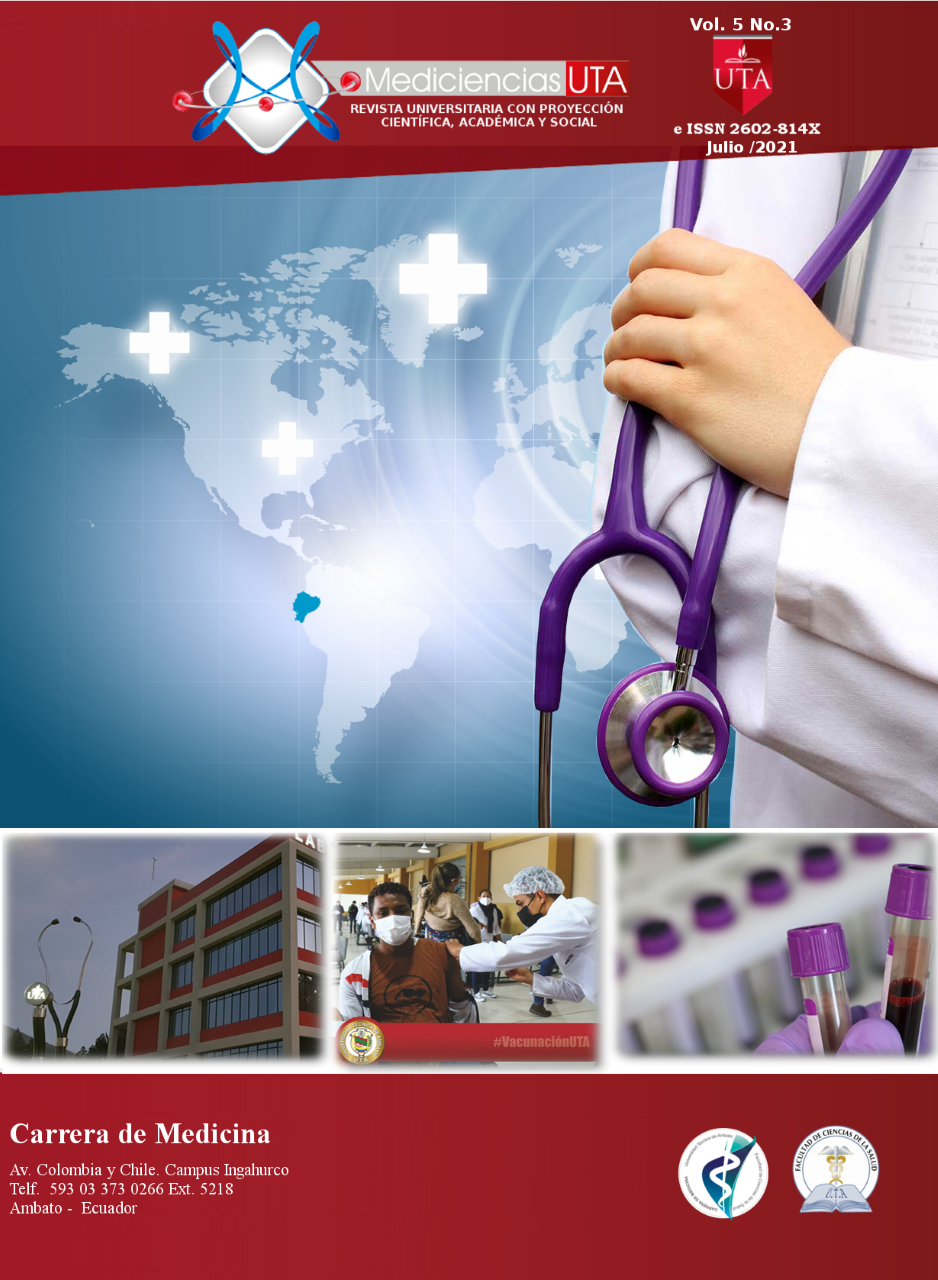The patients security culture as a strategy to avoid medical errors
Main Article Content
Abstract
Introduction: The safety culture is linked to the attitudes assumed by health personnel, to avoid any harm in patient care. It encompasses the knowledge of safe practices and the proper handling of regulations that promote proper health care, ensuring a favorable organizational climate in patient care.
Objective: Identify the perception of doctors about safety culture, by analyzing the knowledge, attitudes, and practices, during their training that could be affecting patient safety and inducing the generation of medical errors.
Materials and Methods: Qualitative ethnographic study design. Semi-structured interviews were applied to 30 graduate students of the Emergency, Pediatrics, and Family Medicine specialties of the Pontificia Universidad Católica del Ecuador (Quito). In addition, 3 mixed focus groups of 6 to 8 participants of the same specialties were formed, until information saturation was reached. The main dimensions of the safety culture were addressed with the interview.
Results: 70% of the interviewees were men, the mean age was 28.16. From the testimonies, it was determined that the family medicine postgraduates had the least knowledge about medical error. Considering that there is a lack of training on the topic, during their professional formation. Additionally, 90% of the interviewed postgraduates confused biosafety with medical error.
Conclusions: Safety culture constitutes a broad group of attitudes, knowledge, and guidelines in medical practice, aiming at the well-being of patients. This knowledge must be expanded through education and proper training, since the beginning of any health career.



